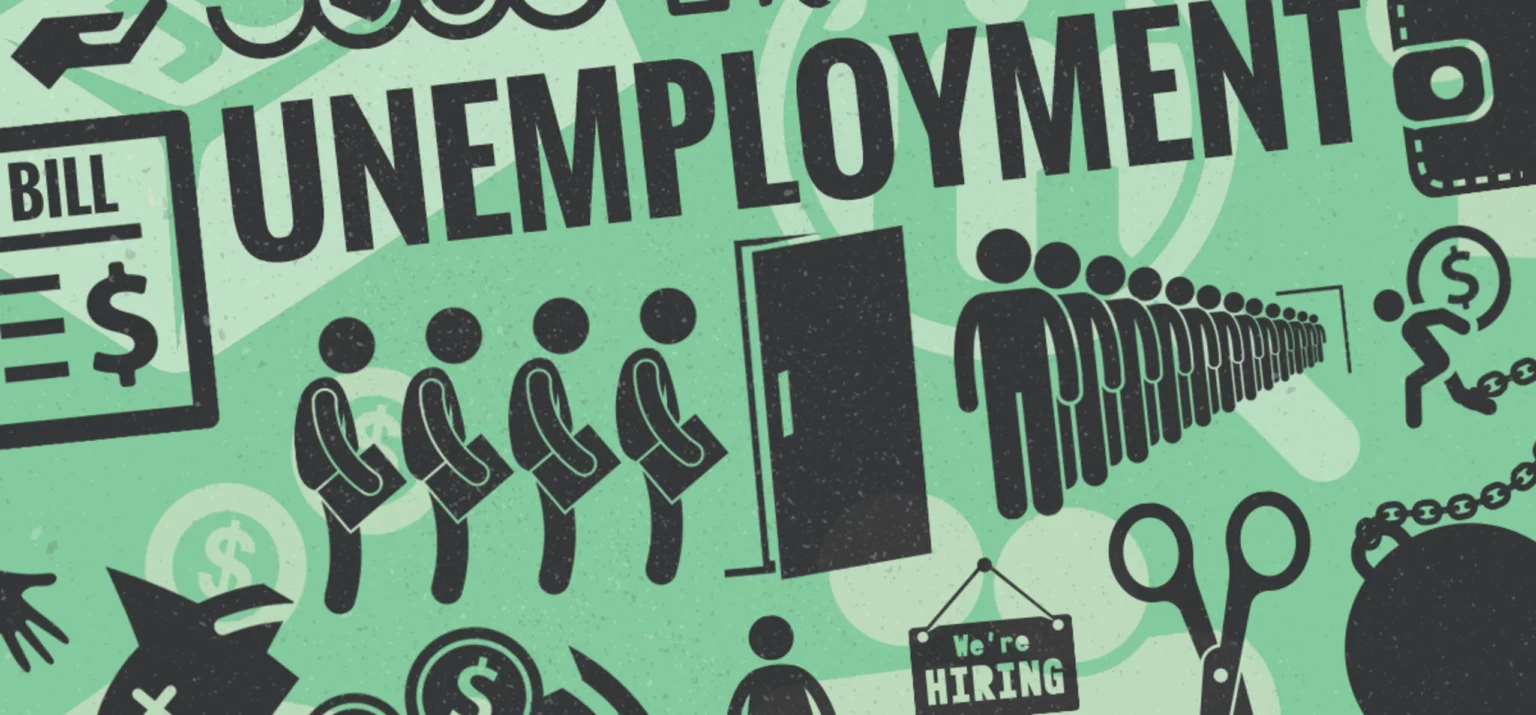Unemployment rate according to CMIE
As the CMIE reported, over 900 million Indian citizens are not even interested in seeking job opportunities. The unemployment rate in India is stated as 8.1%. As of April 24th, the urban region had a 9.1 percent unemployment rate, while the rural areas had a 7.6 percent rate. The unemployment rate for March 2022 was 7.6 percent. There is an increase in the rate of unemployment and the workforce. Over 21 million people dropped out of the labor force.
India, being one of the largest and fastest-growing economies in the world, is still finding ways to increase the workforce. It is noted that many young men and women are frustrated in searching for jobs according to their education. As per the academic year 2018–2019, around 3.5 million female students are graduating from college. This creates a severe job scarcity, as the students have a valued education but not a qualified job opportunity. If this continues to happen, India will face an economic crisis shortly.
a significant reduction in the number of children and women in the labor force(CMIE)
The rate of unemployment was 34 percent in the year 2000. It reached its peak in the year 2005, by 37%. But the statistics reported an enormous decrease, going to 27%. The demand for the female labor supply in India is not satisfied, it created the way for the loss of the female working force. According the year 2017 – 2020, the unemployment rate among the youngster never declined below 15%. The aggregate youth unemployment rate is around 17 percent. Around 13 percent of the educated youngsters are unemployed.

Statements by economists
Kunal Kundu, an economist in Societe Generale GSC Pvt said, “The large share of discouraged workers suggests that India is unlikely to reap the dividend that its young population has to offer. India will likely to remain in a middle-income trap, with the K-shaped growth path further fuelling inequality.”
The officials in CMIE, Mahesh Vyas said, “Men are willing to change trains to reach their job. Women are less likely to be willing to do that. This is happening on a very large scale.” He points out this as a reason, for the loss in the working force among women.
Other causes of unemployment
1. De-monetization and lower LPR
The Indian economy suffered a loss in the supply of labor as the nation went through the demonetization process. The Modi government bought this change in the economy to bring out all the hidden black money. But the CMIE reported that around 1.5 million Indian citizens lost their jobs. The Labor Force Participation Rate (LPR) shows an economy’s status, but in India, the LPR went down, which means that the nation’s economy will be slowed down.
2. Seasonal occupation
Most of the rural people tend to do farm and agricultural work. Agriculture is the backbone of India. Every crop is cultivated seasonally, so a farmer can’t gain a profit throughout the year. This eventually adds up to the cause of unemployment.
3. A decrease in small-scale industries
Small-scale industries (SSIs) should be encouraged because they protect residents from job loss and poverty. Because of the dominance of large corporations, small-scale industries are forced to become outdated. Small-scale industries do not receive adequate funding to expand their operations. This causes unemployment in rural and remote areas.
These three aspects pave the way for the loss of the unemployment rate in India.
Corona pandemic and unemployment
The International Labor Organization (ILO), noted that over 40 million informal or uneducated people lost their jobs during the corona pandemic. This might lead them into severe poverty. India ranks third in the unemployment rate across Asia, which is around 35 million people were left jobless. The official in CMIE, Vyas, also stated that unemployment has been increasing since September 2020. This will be challenging for both the government and citizens to take control of the economy.
If both the private and public sectors fail to meet the demand in the supply of labor force, it easily adds up to the prevailing unemployment rate, mainly among the educated youngsters.
Published by: Ifa Zamzami












